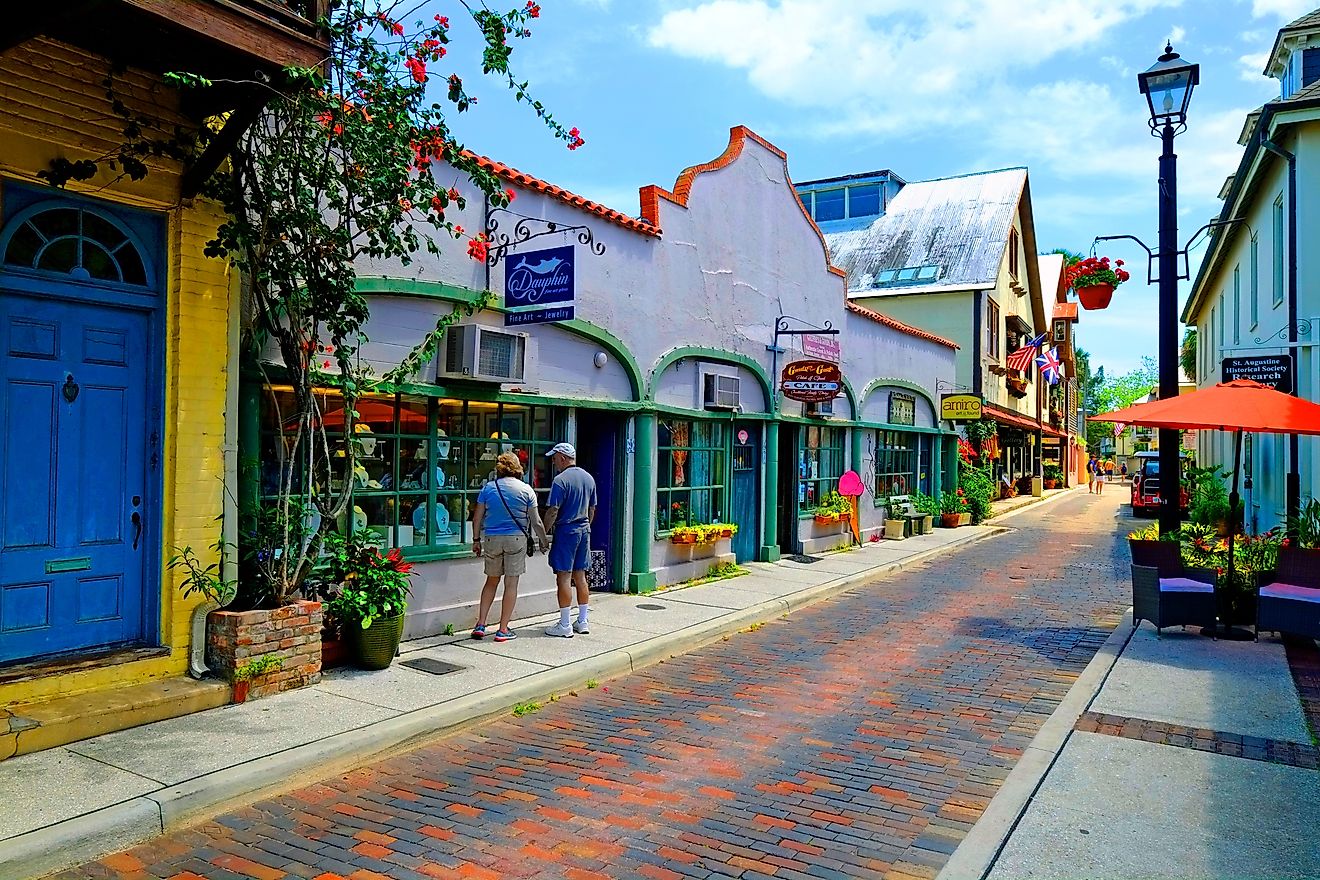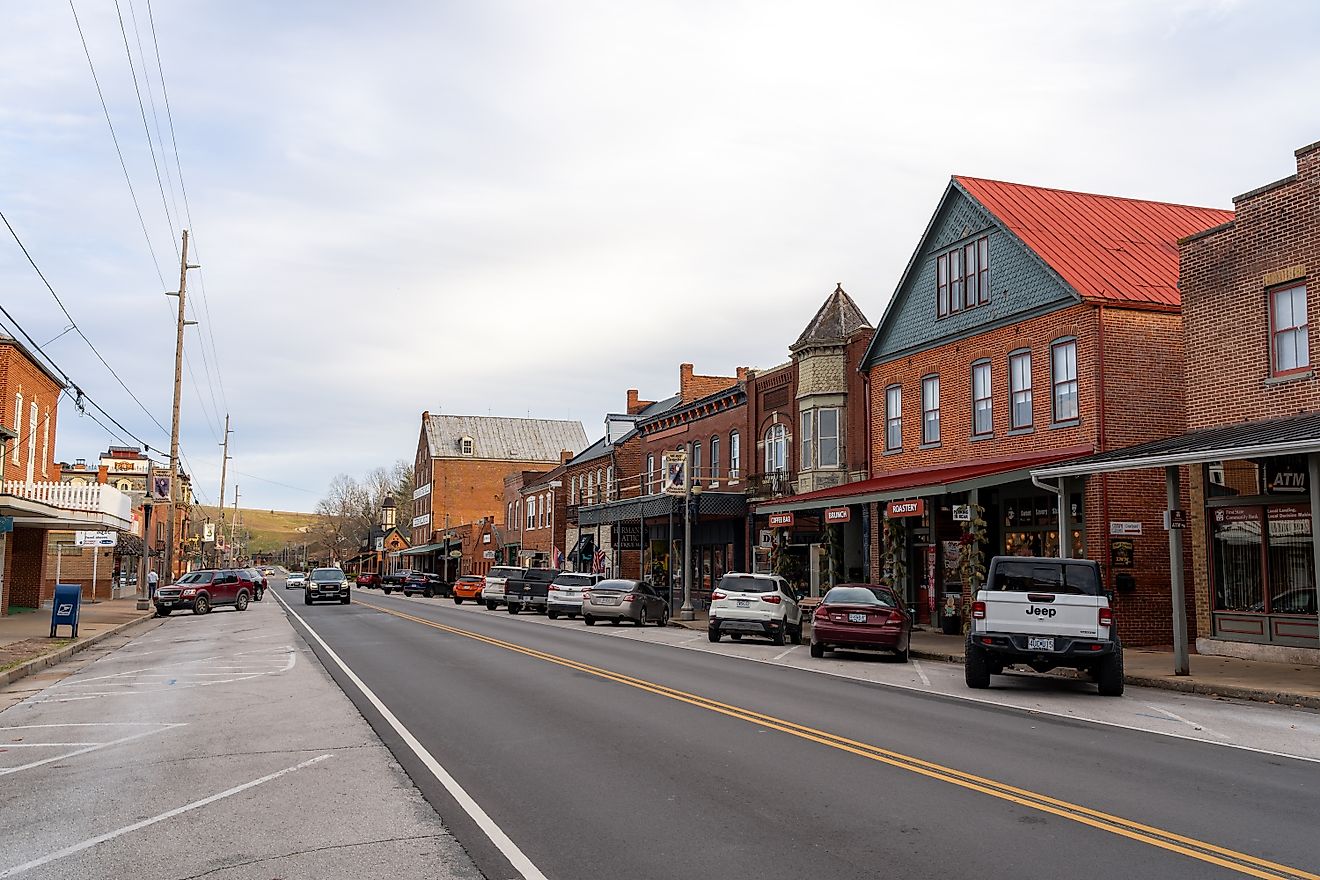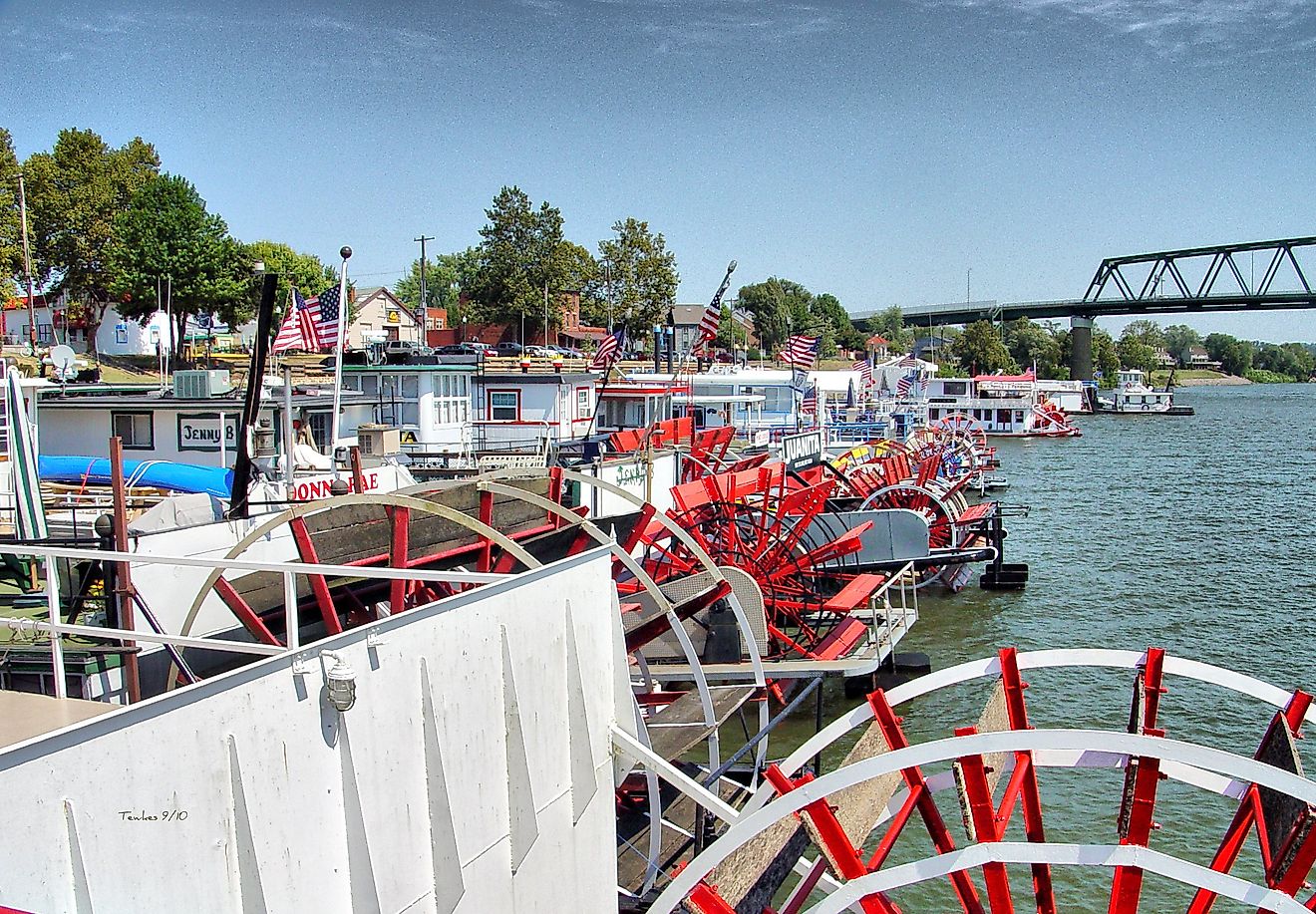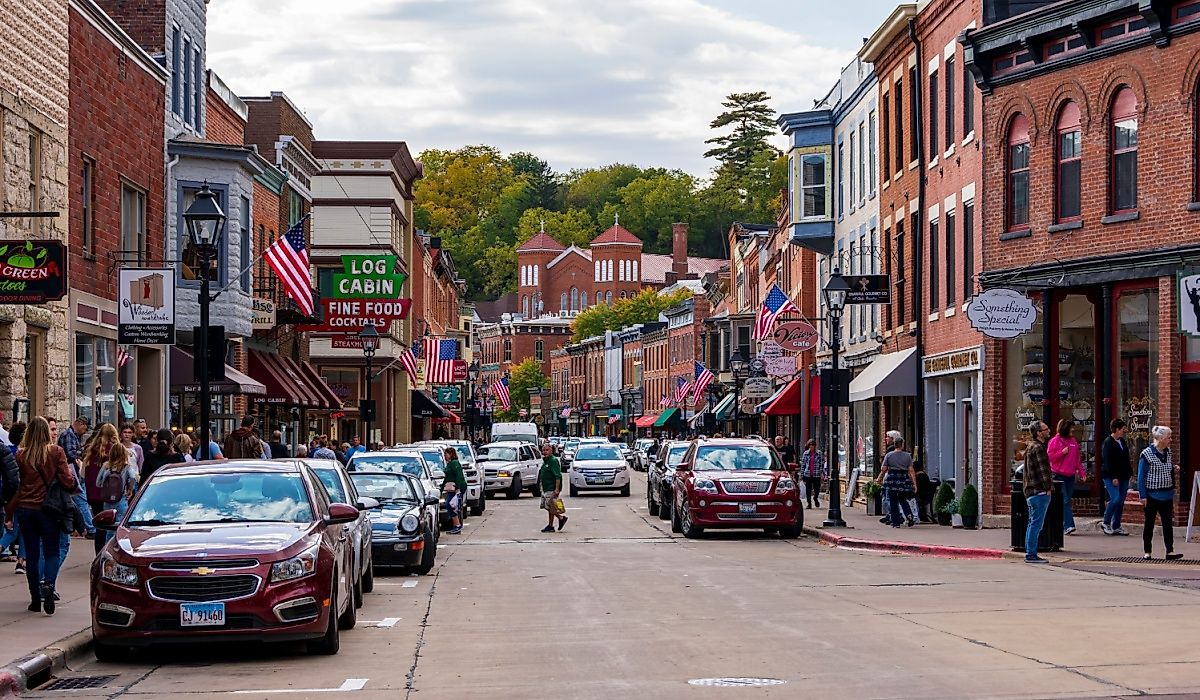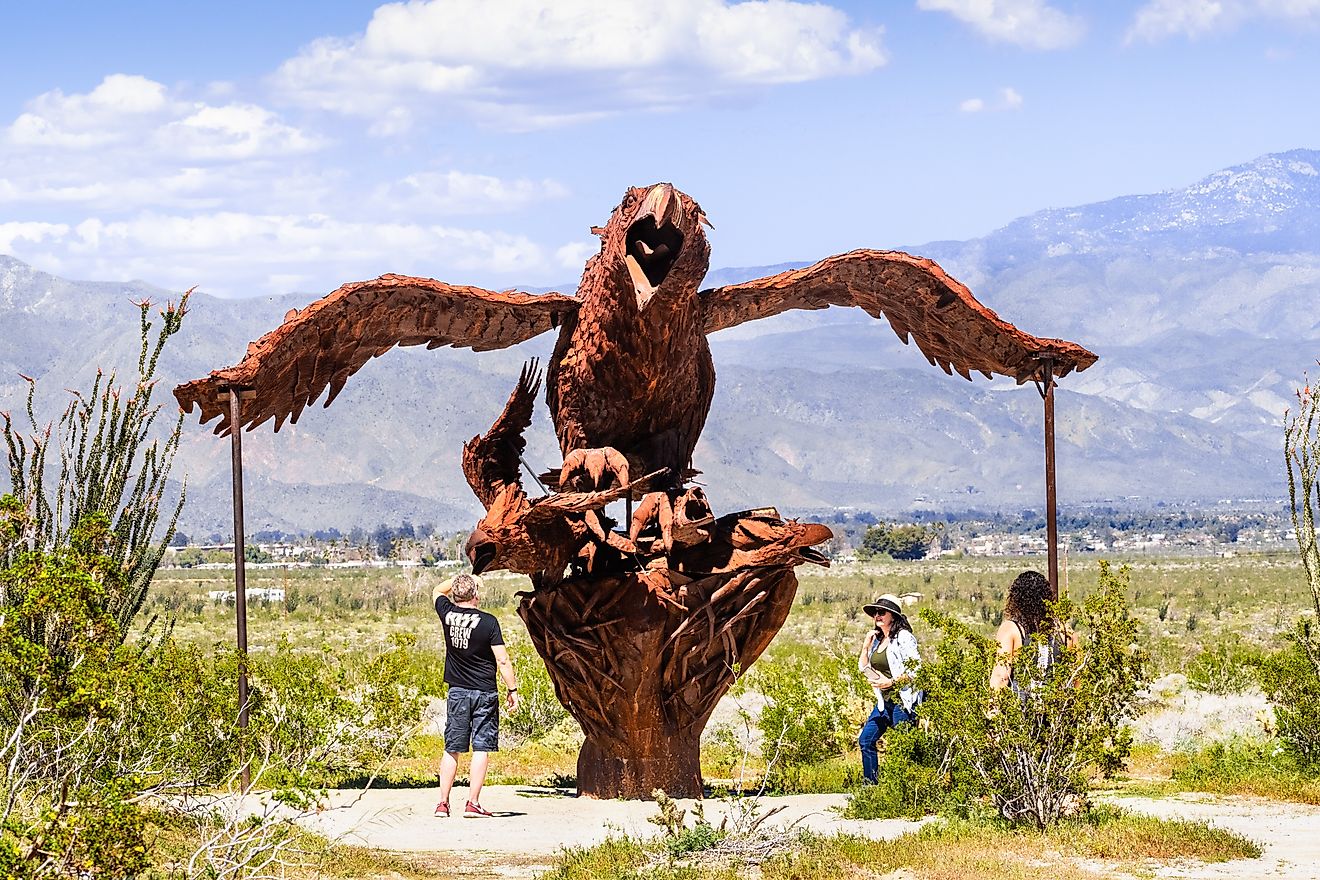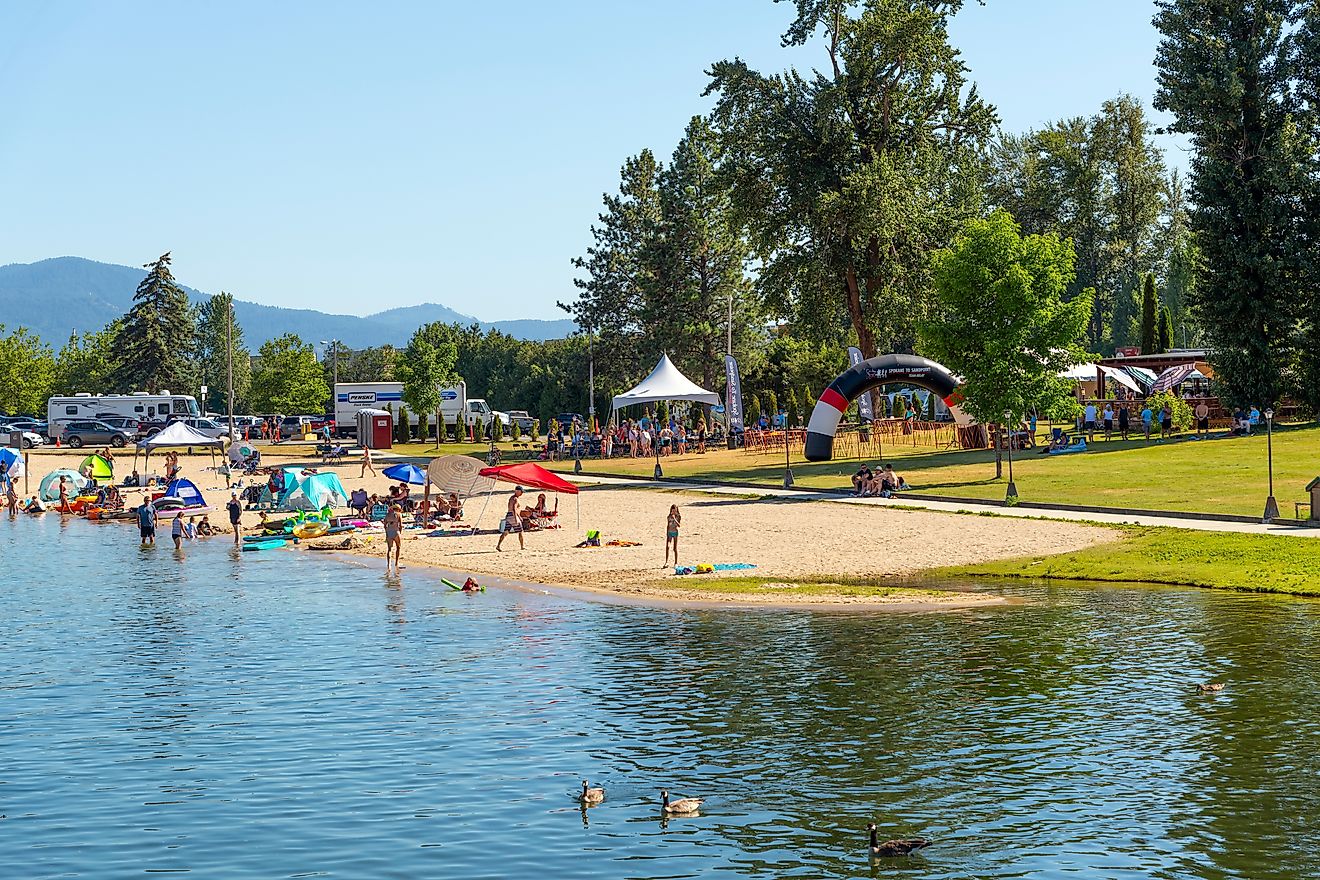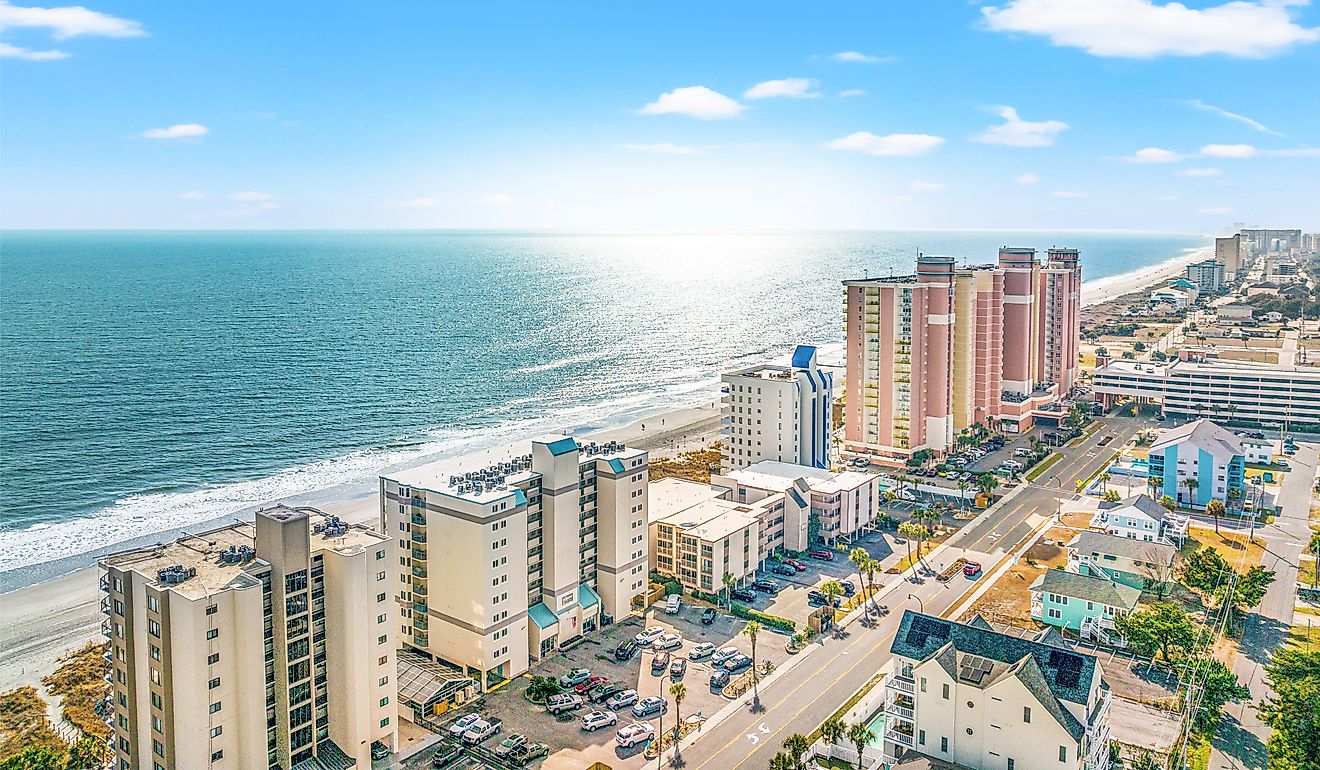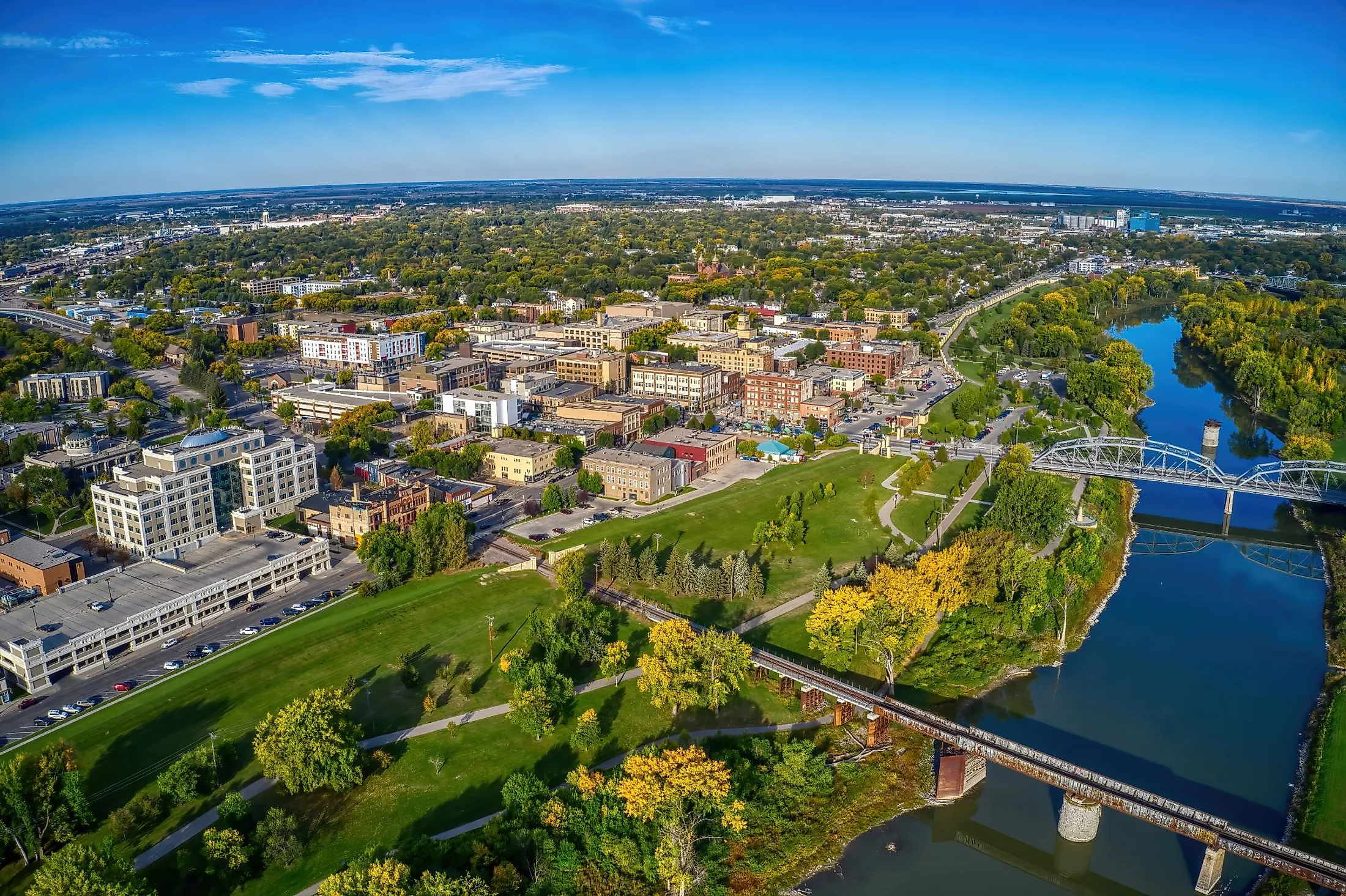
Grand Forks, North Dakota
The city of Grand Forks is situated in Grand Forks County in northeast North Dakota. The city's name comes from its location at the confluence of the Red River and the Red Lake River. Grand Forks is the state's third-largest city after Fargo and Bismarck. The city is also home to the University of North Dakota - one of the state's oldest higher educational institutions.
Geography And Climate Of Grand Forks
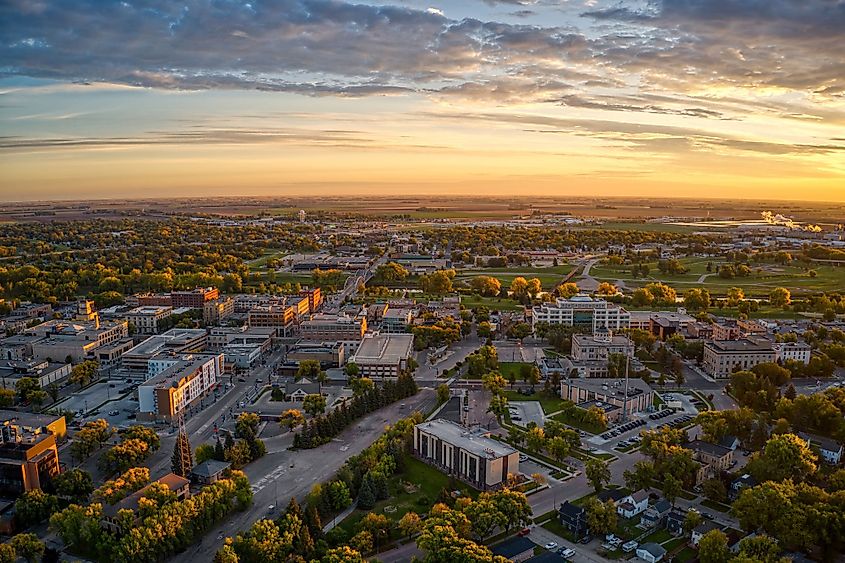
Grand Forks is situated in the flat Red River Valley on the western shores of the Red River of the North. Along with East Grand Forks, its twin city, Grand Forks serves as the principal city of the Grand Forks Metropolitan Statistical Area, which is also referred to as Greater Grand Forks. Grand Forks is located approximately 233 km south of Winnipeg, Manitoba, and 119 km north of the Fargo-Moorhead region. The city covers a total area of 72.98 sq. km, of which 72.49 sq. km is occupied by land and 0.49 sq. km is covered by water.
According to Köppen Climate Classification, Grand Forks experiences a humid continental climate, with long, pleasant summers and chilly, snowy, windy winters. The average annual temperature ranges from -0°F to 82°F; it is infrequently below -21°F or above 90°F. The warm season lasts for 4.1 months, with July being the year's hottest month, having an average temperature above 68°F. With an average temperature of less than 29°F, January is the year's coldest month. On average, the city receives 42 inches of snow and 22 inches of rain annually.
Brief History Of Grand Forks
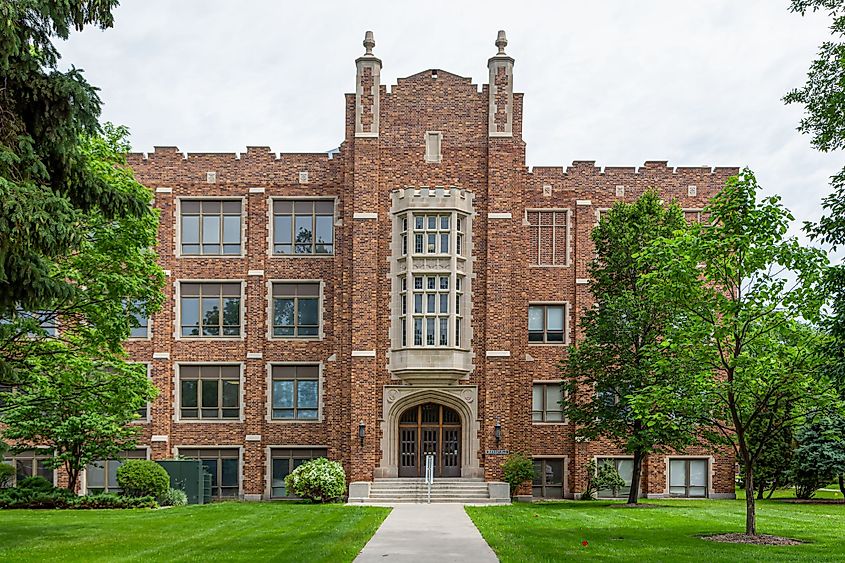
Steamboat captain Alexander Griggs founded Grand Forks, which was incorporated on February 22, 1881. It was first named Les Grandes Fourches by French fur traders. The trappers and traders who used "Les Grandes Fourches" to gather and establish a trading center were the first settlers after the Native Americans. The permanent settlement started in 1870, and the town expanded after steamboat traffic, and the Great Northern Railway arrived in the area in 1880.
Floodwaters from the Red River ravaged Grand Forks and East Grand Forks in 1997, forcing virtually all the city inhabitants to flee. Many of the buildings seen today were built due to the historic downtown being wholly destroyed. Grand Forks continued to expand throughout the first part of the 20th century. Even the Great Depression-era economic downturn could not prevent population expansion as residents from the surrounding area migrated into the city searching for employment and aid.
The Population And Economy Of Grand Forks
As per the latest US Census, Grand Forks has 59,166 residents. The population has grown by 2.14% from the most recent census and is now rising at a pace of 1.06% annually. White (non-Hispanic) (82.2%), Black or African American (non-Hispanic) (3.93%), Asian (non-Hispanic) (3.34%), American Indian & Alaska Native (non-Hispanic) (2.68%), and Two+ (non-Hispanic) (2.49%) make up the top five ethnic groups in Grand Forks. Grand Forks has a poverty rate of 17.93% and a $70,735 average household income. The median monthly rental cost in the last few years has been $817, and the median value of a home is $209,800. In Grand Forks, the median age is 29, with men being 28.2 years old and women being 29.9 years old.
The agricultural sector is not the only one that dominates in Grand Forks. Its economy is varied and flourishes in a number of industries, including manufacturing, food processing, healthcare, and education. The Altru Health System, which employs more than 4,000 people, is the biggest employer in Grand Forks. The Grand Forks Air Force Base, the North Dakota University, the Grand Forks Public Schools, and Valley Memorial Home are some of the city's other significant employers.
Attractions In Grand Forks
Ralph Engelstad Arena
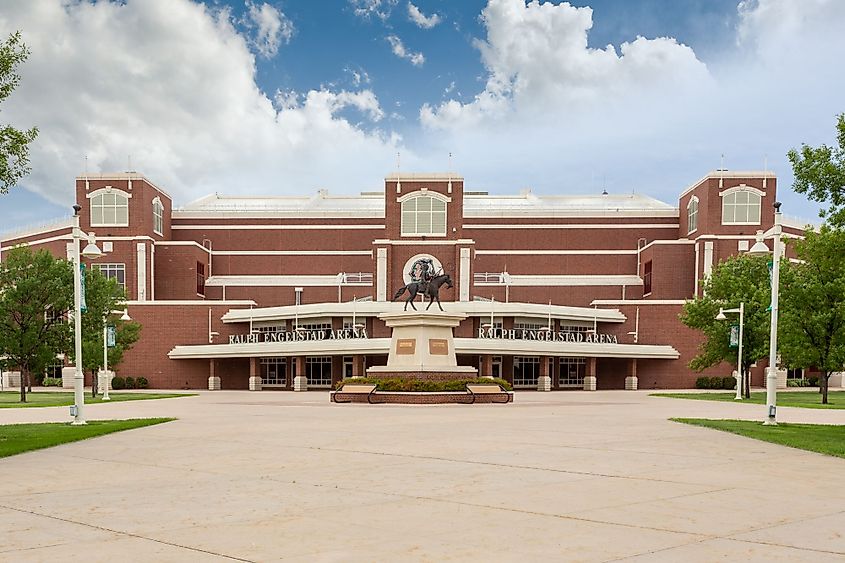
The Ralph Engelstad Arena is a top-notch sports and event venue situated at the University of North Dakota campus in Grand Forks. The arena, which has hosted notable concerts, family shows, and other events since it opened on October 5, 2001, is recognized as the home of the University of North Dakota Fighting Hawks men's ice hockey team.
Flood Memorial Monument
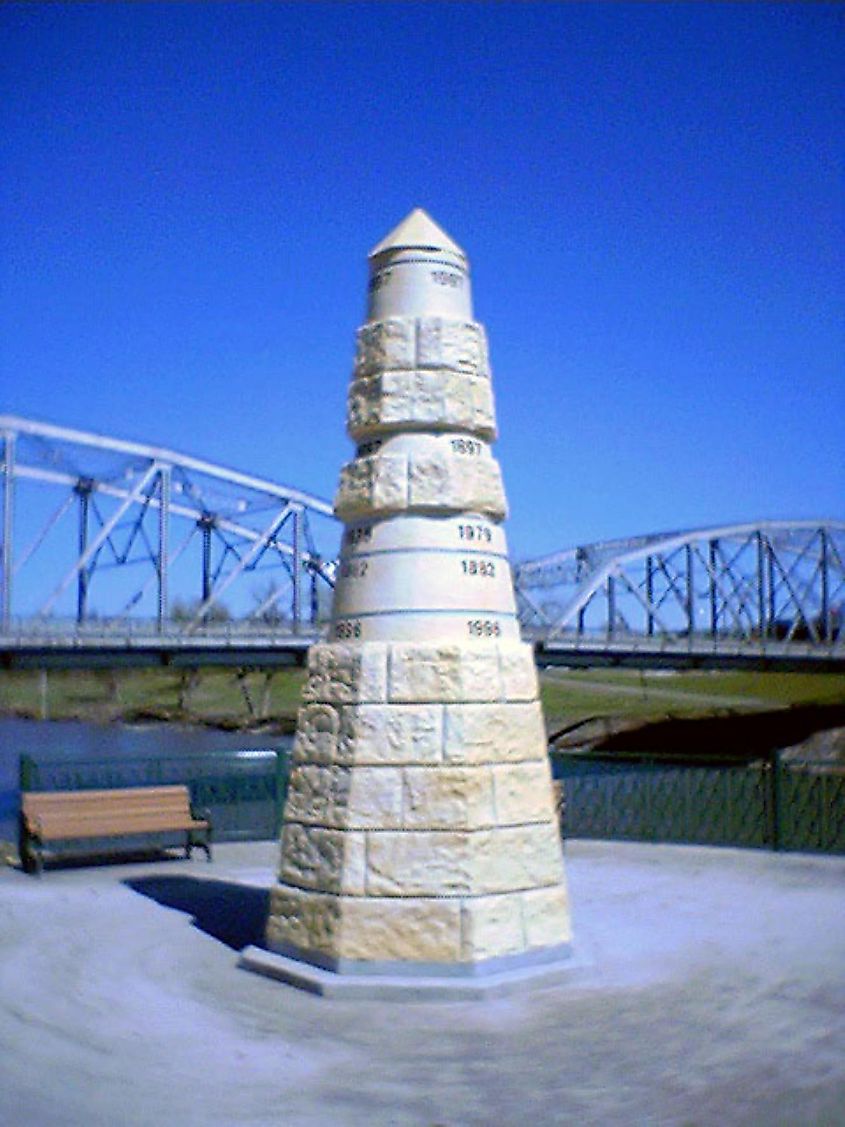
The Greater Grand Forks Greenway contains the Flood Memorial Monument. This monument was constructed as a memorial to those who have died in catastrophic floods. About 2,200 acres of trails, benches, bike pathways, and stunning landscapes may be found surrounding the monument. Additionally, each plaque on the rocky structure records the year that flooding occurred as well as the highest point at which it rose. The palque representing the massive flood of 1997 sits at the top.
North Dakota Museum Of Art
The North Dakota Museum of Art is situated on the campus of the University of North Dakota. Numerous exhibitions in the museum examine the development of art in North Dakota and the rest of the country. The museum, established in 1970 as the University of North Dakota Art Galleries, is one of North Dakota's most noteworthy attractions. Three art galleries, a cafe, a gift store, and a video information room are all included in the building.
Empire Arts Center
The Empire Arts Center is a multi-use arts facility located in Grand Forks. Built in 1919, this arts center produces a yearly theater season via the Empire Theatre Company. Throughout the year, the center hosts several concerts, recitals, plays, and special events. The center also houses the University of North Dakota's art collection gallery.
Historic Fire Hall Theatre
The Greater Grand Forks Community Theatre is housed in the Fire Hall Theater, another historic structure in Grand Forks. The Greater Grand Forks Community Theatre was founded by the locals in 1947, but it lacked a stage. This theater is now regarded as one of the oldest community theaters in the nation. The historic Number One Fire Hall was purchased by the community theater from the city of Grand Forks in 1982. They transformed the structure into a 100-seat theater, which they dubbed the Fire Hall Theater, and it opened its doors in 1983. The Greater Grand Forks Community Theater still holds live performances here today.
